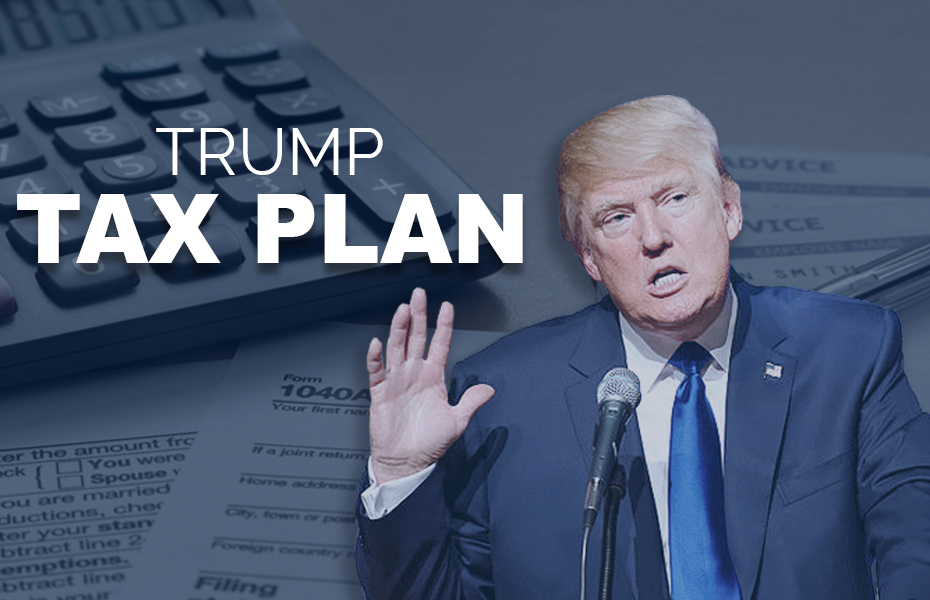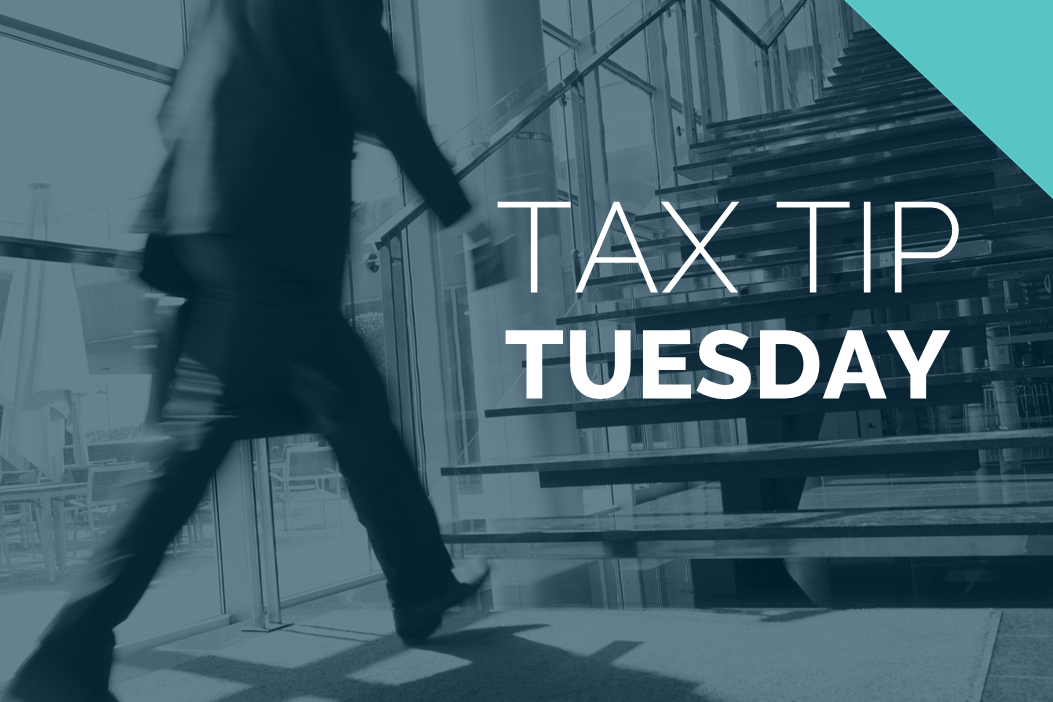Effective May 21, 2023, P&N has joined EisnerAmper. Read the full announcement here.

During the past few months, Congress has engaged in its largest tax reform effort in the last 30 years. On December 20, 2017, this historic bill (the “Tax Reform Bill”) passed both the House and the Senate and is awaiting President Trump’s signature. While President Trump has not yet signed the Tax Reform Bill into law, he is expected to sign it by the end of the year. While the bill moves through this final phase of the legislative process, employers and business taxpayers should begin becoming familiar with the potential affects it may have on their organizations.
Below are a few of the changes that may affect business taxpayers:
- Changes to Withholding Tables
One issue that will require attention is the changes to the withholding tables for federal income tax purposes. While the Tax Reform Bill retains the same number of individual tax brackets (seven) as the current law, most are lowered through the year 2025, to 10%, 12%, 22%, 24%, 32%, 35%, and 37%. Employers should be ready to implement new withholding tables once they are available, but will be able to use the 2017 withholding tables until the 2018 tables are released. - Cut to Corporate Income Taxes
The Tax Reform Bill cuts corporate tax rates to 21 percent. The new corporate tax rate would be effective for tax years beginning January 1, 2018. This would be a flat rate applying to corporations of all sizes, unlike the current law where small businesses pay a lower tax rate. However, the Tax Reform Bill also eliminates the special tax rate for personal service corporations. - Increase Business Expensing
The Tax Reform Bill provides for 100% expensing of qualifying property acquired and placed in service after September 27,2017 and before January 1, 2023. This percentage decreases by 20% (to 0%) every year for tax years 2023-2027. In addition, this law expands expensing to used property. - Lower Taxes on Pass-Through Business Income
In an attempt to equalize the lowered tax rate for corporations and the tax rate for business income from pass-through entities (partnerships, S-corporations, limited liability companies treated as partnerships for federal tax purposes), the Tax Reform Bill provides for a deduction from qualified business income (not including investment-related income) on pass-through income. Specifically, beginning with tax years starting after December 31, 2017, an individual can deduct 20% of its “qualified business income” from a pass-through entity. Importantly, this deduction will not apply to any income from an S corporation that is deemed to be reasonable compensation of the taxpayer or to any amounts that are characterized as guaranteed payments for services rendered with respect to the trade or business. These limitations are likely to be important for partners/members who are actively taking a roll in the day-to-day operations/management of the business. In addition, the deduction is limited to the owner’s share of the greater of i) 50% of W-2 wages paid to employees of the business or ii) 25% of W-2 wages plus 2.5% of unadjusted basis in certain qualified property. However, this limitation only begins to phase in once a taxpayer has $157,500 of adjusted gross income on his personal tax return (or $315,000 if filing status is married filing joint). Finally, service businesses are generally excluded from using this deduction once they reach the above income threshold. - Net Operating Losses
The Tax Reform Bill limits the use of Net Operating Losses (NOLs) to 80% of taxable income, determined without regard to the NOL deduction. This law would also repeal the carryback of NOLs but allow indefinite carryforwards. The provision limiting the NOL deduction only applies to losses that arise in tax years beginning on or after December 31, 2017. - Repeals the Alternative Minimum Tax
Finally, the Tax Reform Bill eliminates the corporate Alternative Minimum Tax (AMT) effective for tax years beginning after December 31, 2017. The individual AMT will still be in effect, though the threshold for AMT applicability will be increased.
The current bill represents a compromise on tax reform between House and Senate Republicans. As mentioned above, since both houses of Congress passed the Tax Reform Bill, the final step in the legislative process is signature by President Trump. Postlethwaite & Netterville will continue to cover the passage of the Tax Reform Bill and will keep you informed of any developments.
If you have any questions about tax reform and how it might affect your business, please contact us.



